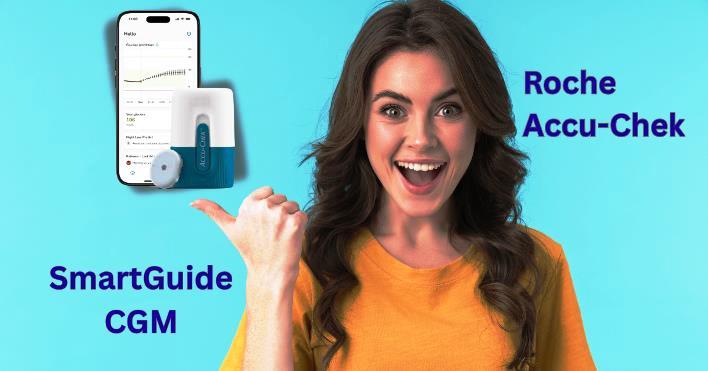Interestingly, Roche has for years been sending clear signals in various ways that they are well aware of how important sensors are – and now they have delivered an excellent product. As the saying goes: "better late than never".

Back in 2016 at the EASD conference in Munich, they announced their first “Insight CGM,” which on paper was comparable to the competition at the time. Unfortunately, something went wrong, and they abandoned it. In Slovenia, they even collaborated with the well-known Dexcom, but in the end they made their own sensor 🙂
Welcome, Accu-Chek SmartGuide! 😊
All the collected experience has resulted in the new SmartGuide sensor, which I successfully wore on my arm for the intended 14 days. I deliberately didn’t apply any extra patches to see whether it would fall off. It didn’t – I had to pull it off myself. In other words, my skin and Roche’s adhesive are “compatible.”
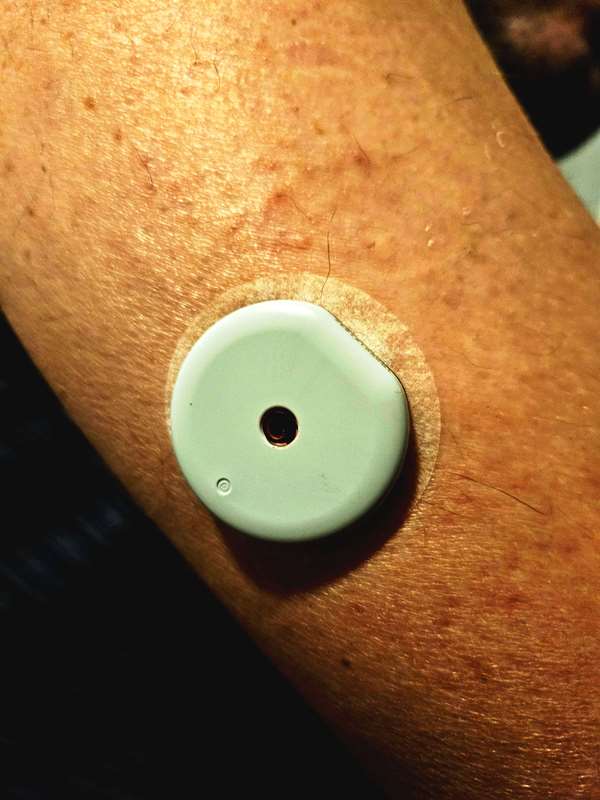
Roche Accu-Chek SmartGuide CGM sensor
For now, this sensor is registered for people over 18 years old.
Let’s start with the downside
You need to install two apps on your phone. One is called SmartGuide, the other Predict. The first one is for standard sensor use, while the second includes artificial intelligence and performs smart analysis and predictions.
The good news is that once installed, you can pretty much forget about the Predict app. You only use the SmartGuide app, while the other runs quietly in the background. Soon everything will be merged into one.
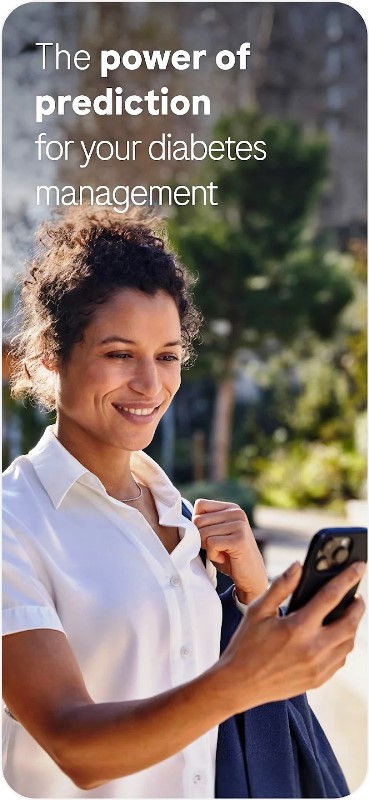
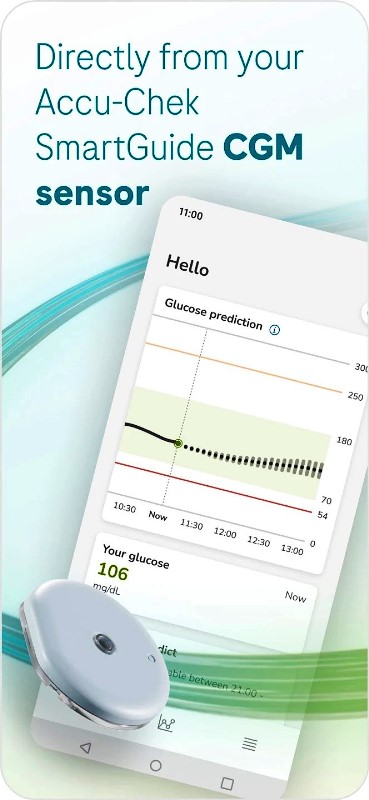
Calibration with blood?!
There are many debates about whether optional calibration with blood is more helpful or harmful. We won’t go into that discussion here, but with the new Roche sensor calibration is optional – so it’s up to you.
The fact is, Roche currently officially offers higher accuracy if you calibrate twice within the first 12 hours, and the app will politely suggest it at the right time. It’s also worth noting that later in 2025, Roche has announced they will remove the need for blood calibration while maintaining improved glucose accuracy.
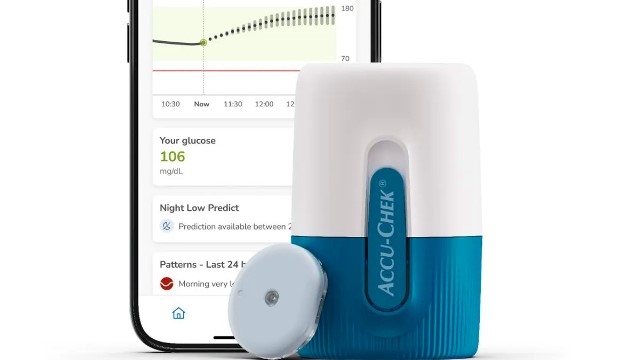
What’s good about the Roche sensor? 🙂
What I liked most was how simple and quick it was to set up my very first sensor 🙂 I’m 47 years old and new gadgets are getting harder to deal with, so simplicity matters more and more. In short – they copied Libre a little, and that’s great!
To prove this point, here’s a video recording of me installing my FIRST Roche sensor. I think it’s clear just how straightforward and logical the process is:
Accuracy – excellent – in my case
On the internet you’ll find countless claims that a sensor is “super accurate,” and just as many that it’s “completely inaccurate.” Such statements are often paid for – or the person simply doesn’t know what they’re talking about. Unlike blood glucose testing, CGM accuracy can vary a lot: for Person A it can be perfectly accurate, for Person B it can be way off. There are even cases where two brothers use the same sensors – one is thrilled, the other finds them terrible. That’s why we need to have the right to choose.
That said, I personally was very impressed with this sensor’s accuracy. I did my first blood comparison before the app even suggested calibration. Already at that point, with only a minimal difference between blood and sensor readings, I had every reason to feel satisfied and optimistic.
Before the initial blood calibration, the difference between blood and CGM was only 0.4 mmol/L:
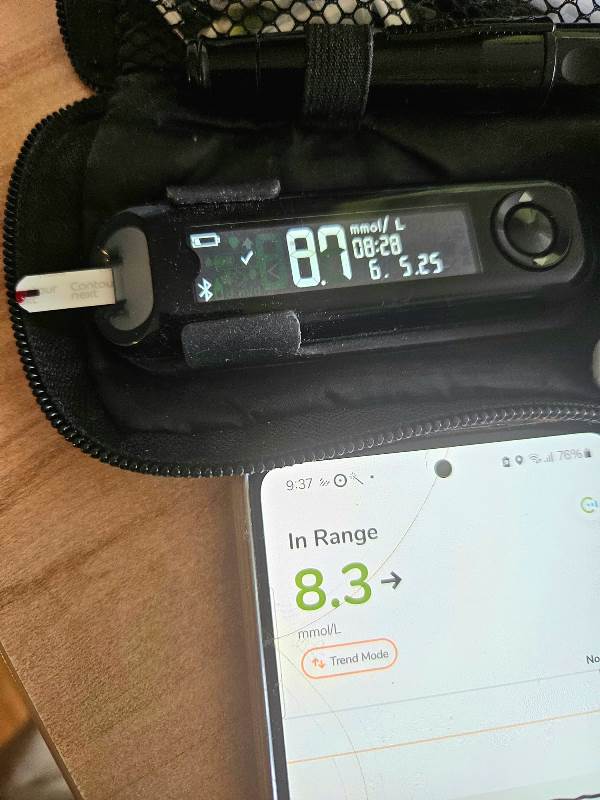
Other readings stayed within my personally acceptable range. Here are a few examples:
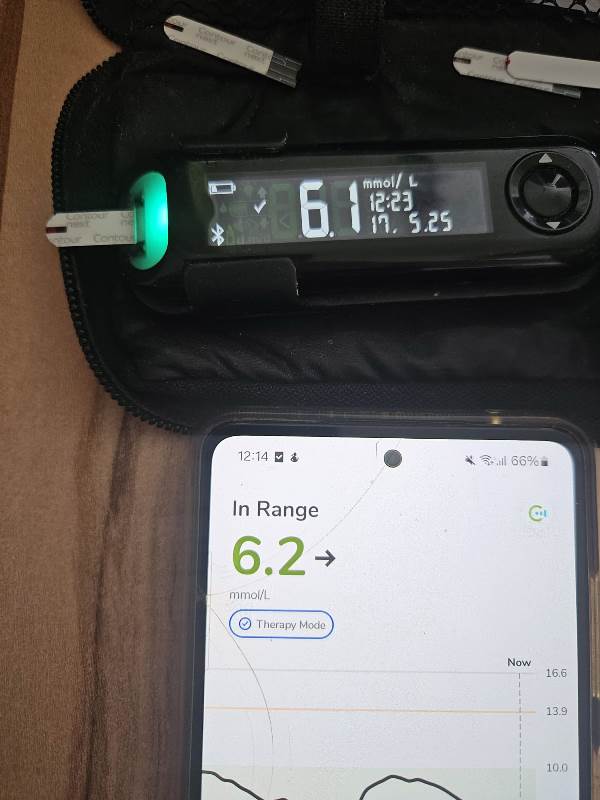
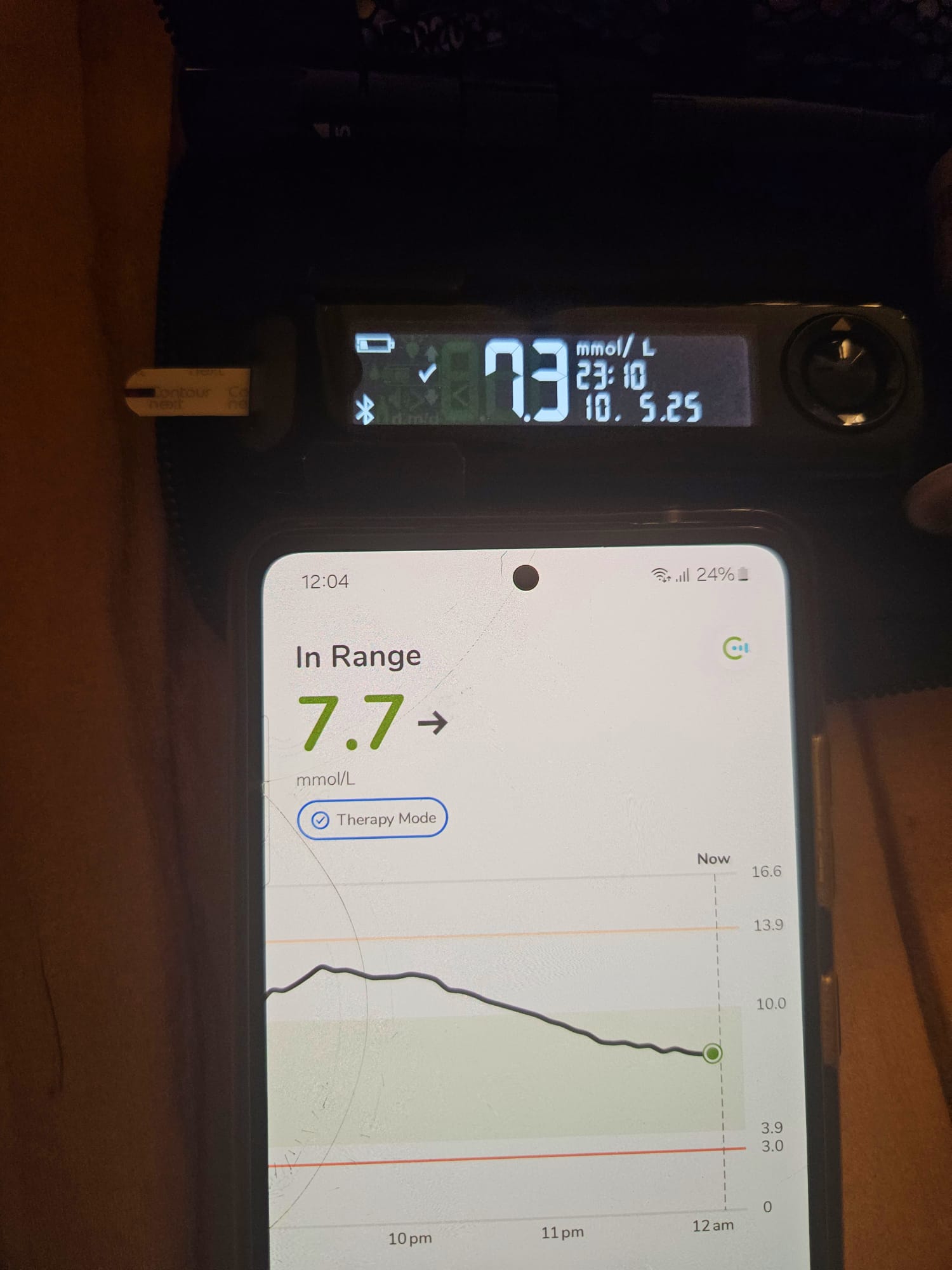
Artificial intelligence and hypoglycemia prediction
I use a DIY closed loop system, which means my nighttime glucose levels are usually perfect – not thanks to my intelligence, but to the algorithm that automatically adjusts insulin delivery.
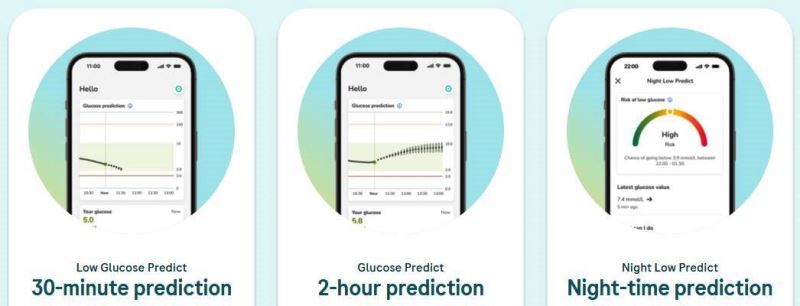
That’s why we’ll have to wait for feedback from someone on classic insulin pens to fully test the predictive function. For such a person, the sensor’s AI could warn them before bed about an upcoming nighttime hypoglycemia! 😊
Conclusion
Roche finally has a strong contender in the race! Fans of Western brands will be especially pleased – after Abbott and Dexcom, here comes Roche. 😊
Even better, the Roche sensor is officially registered in Serbia, and by the end of the year we expect it in Bosnia & Herzegovina too 🙂
Those familiar with the healthcare landscape in Serbia and BiH know that Roche works with experienced, well-connected distributors who have a deep understanding of the market. Together with patient associations and other distributors, they will strengthen the fight against discrimination in access to sensors!
Diabetes doesn’t choose nationality or borders. Adults with diabetes in Serbia, Bosnia, and elsewhere are no less valuable than we are in Croatia. We all deserve the same chance to live with less pain.
Let’s keep moving forward – for every person living with diabetes.

